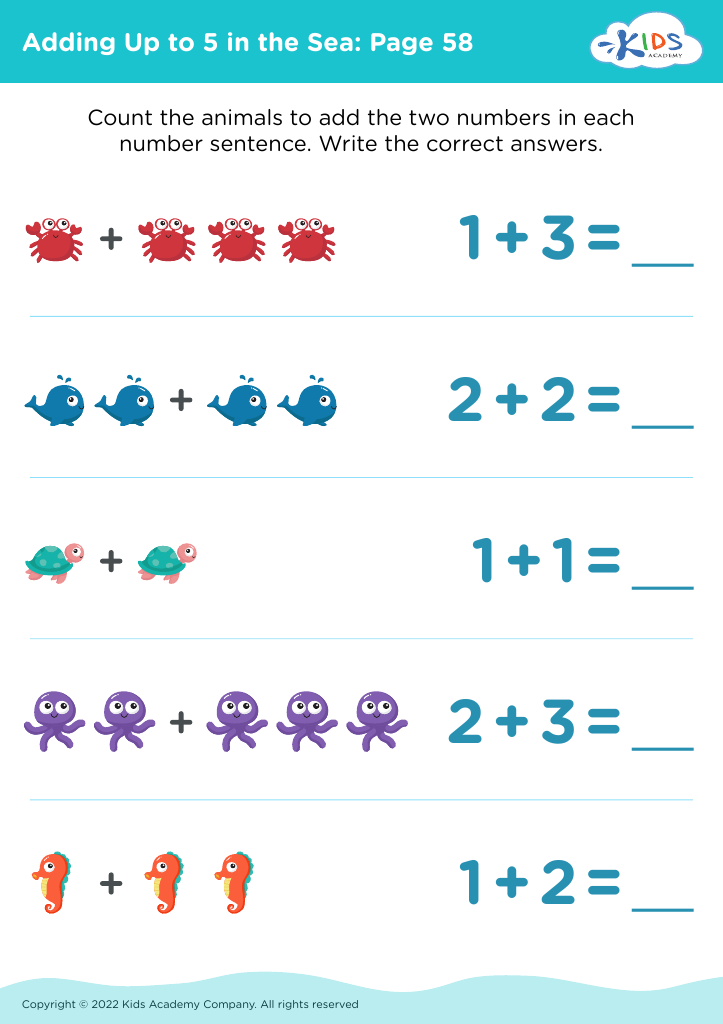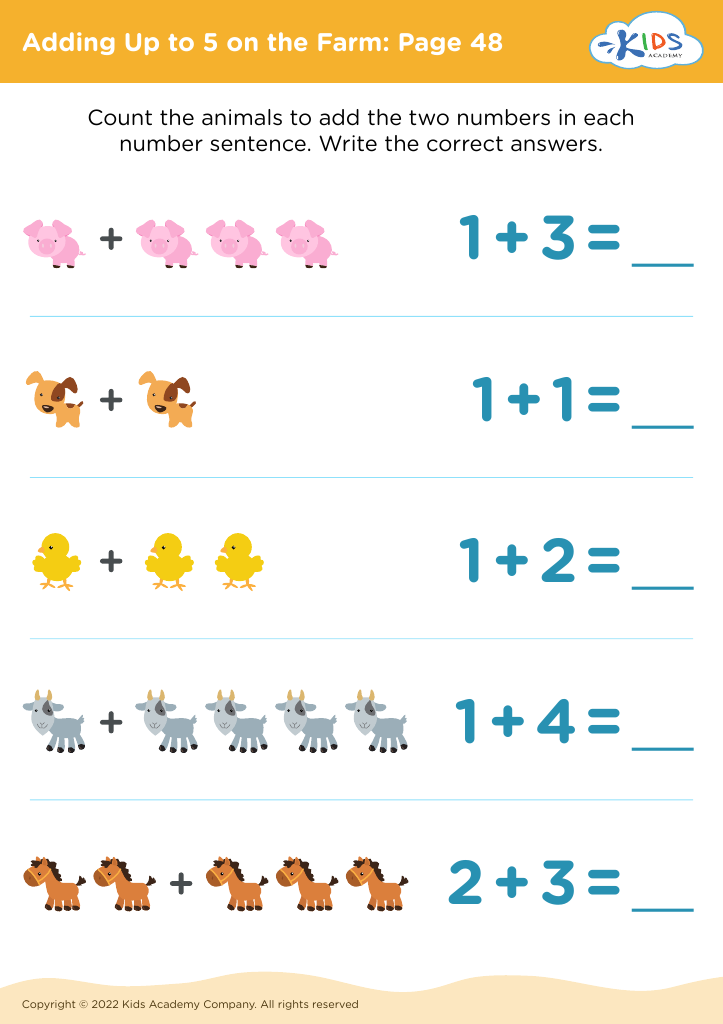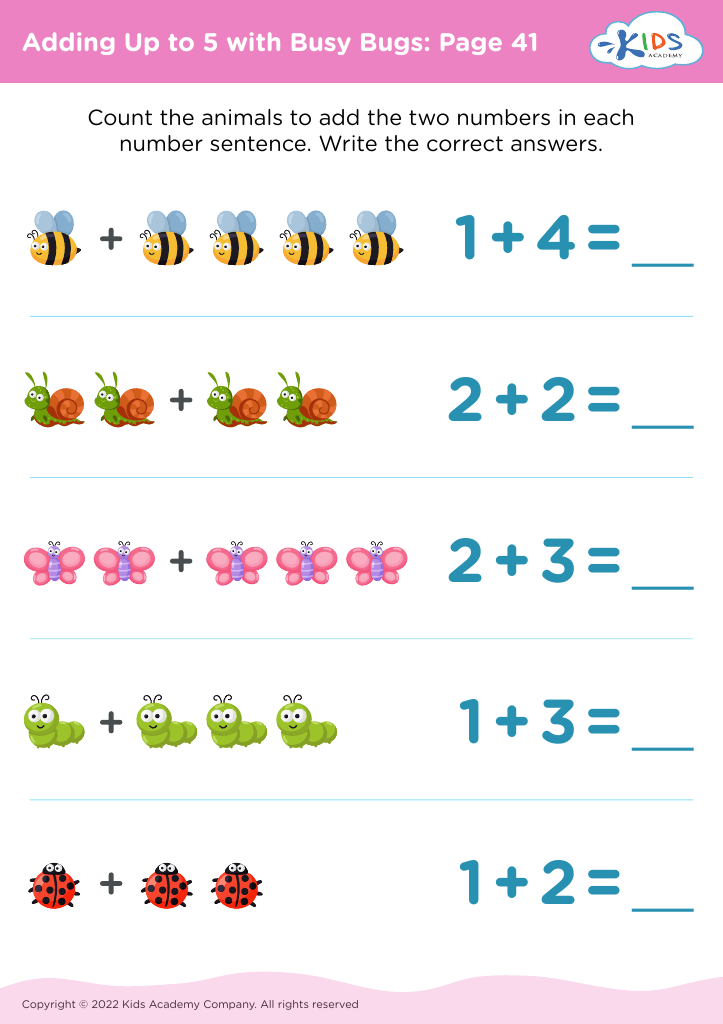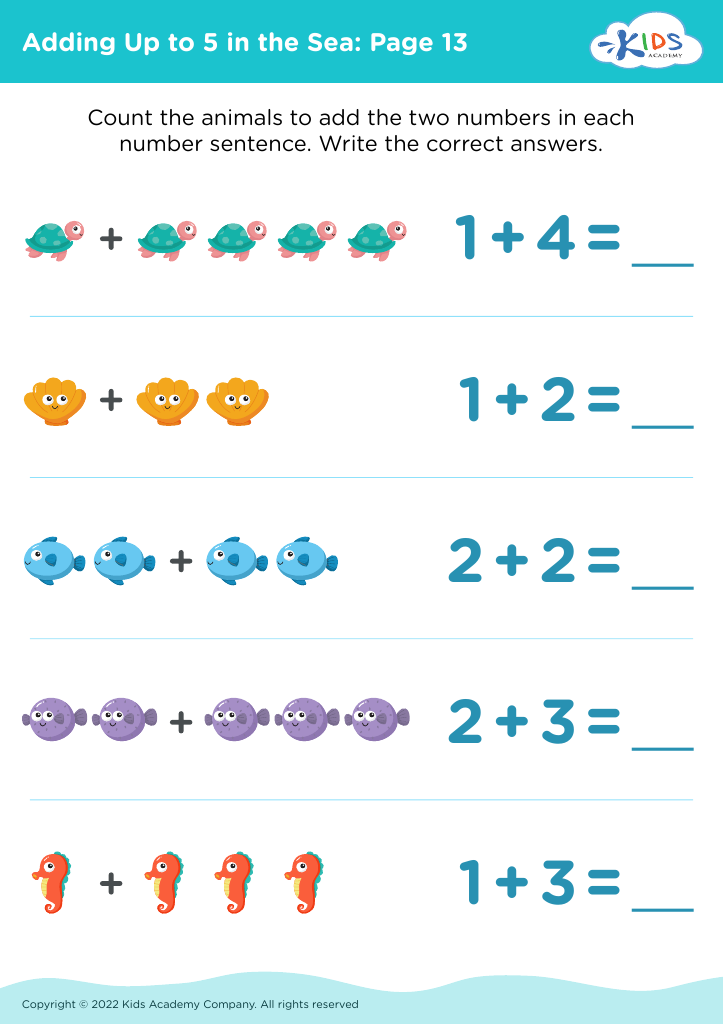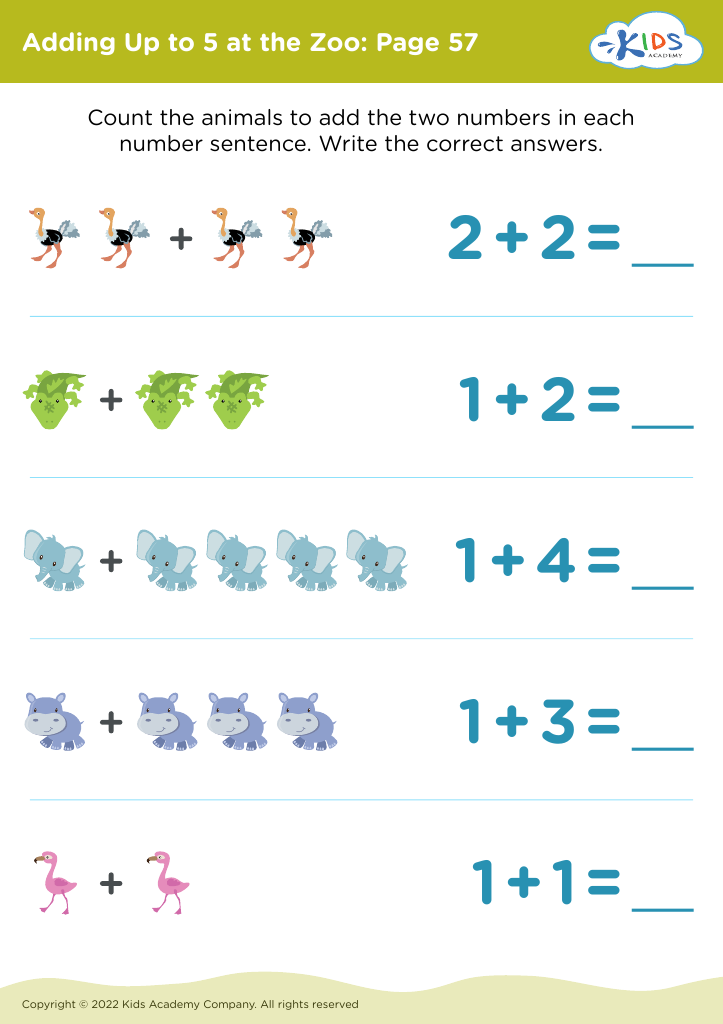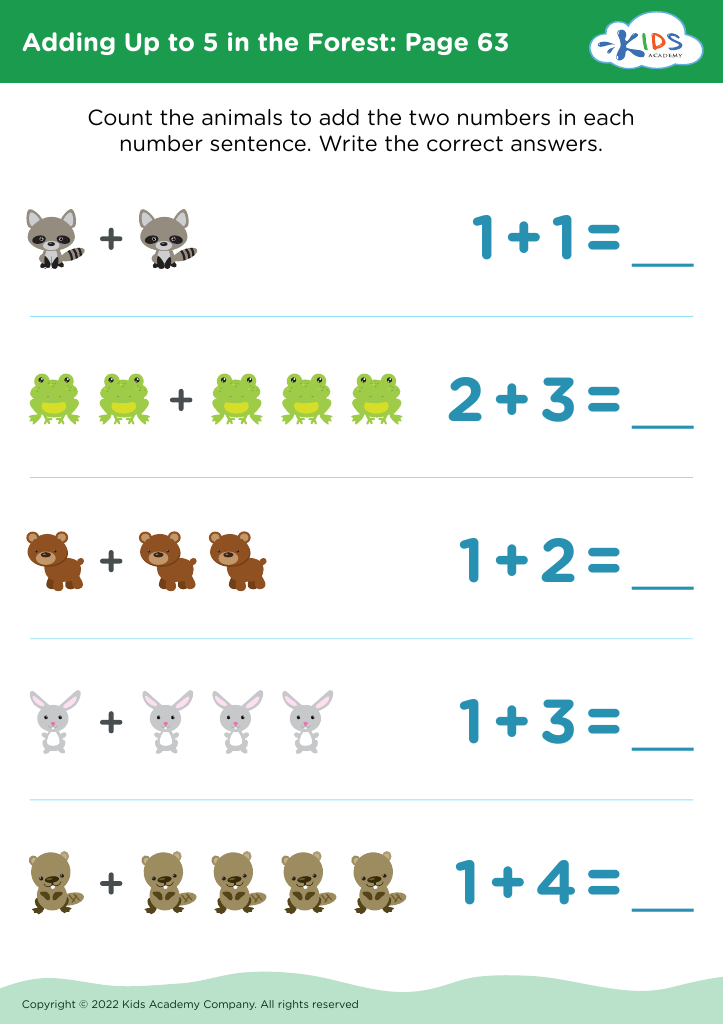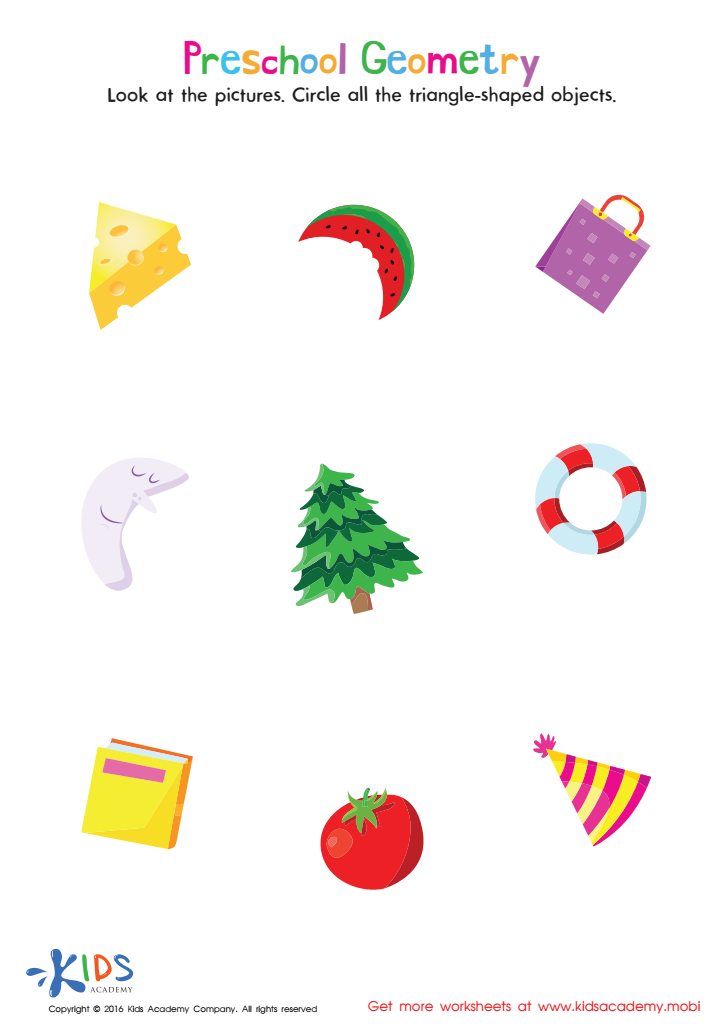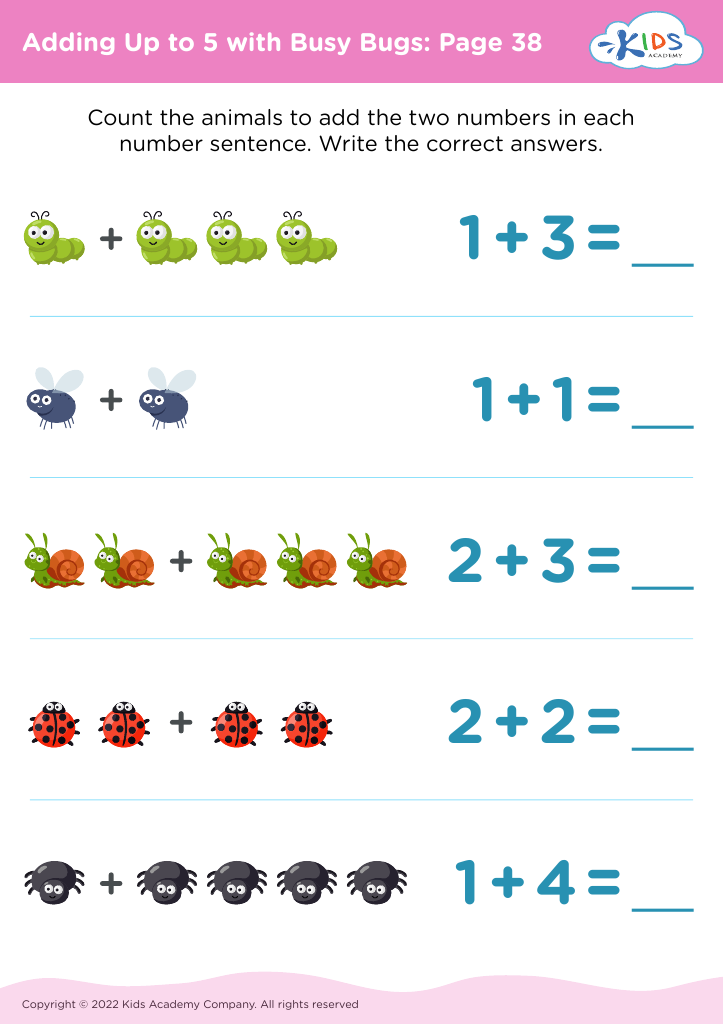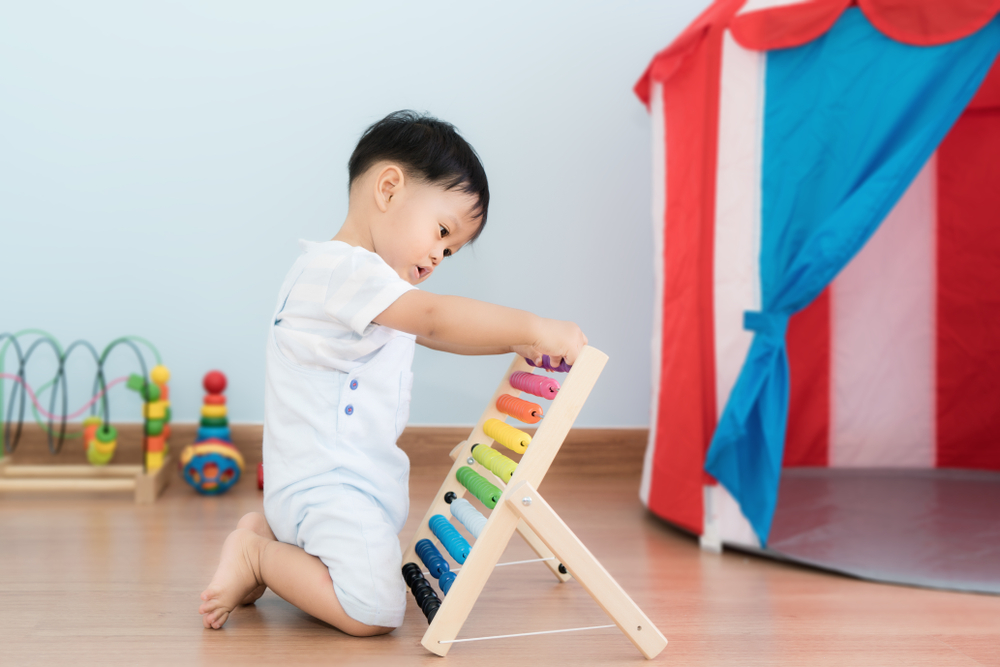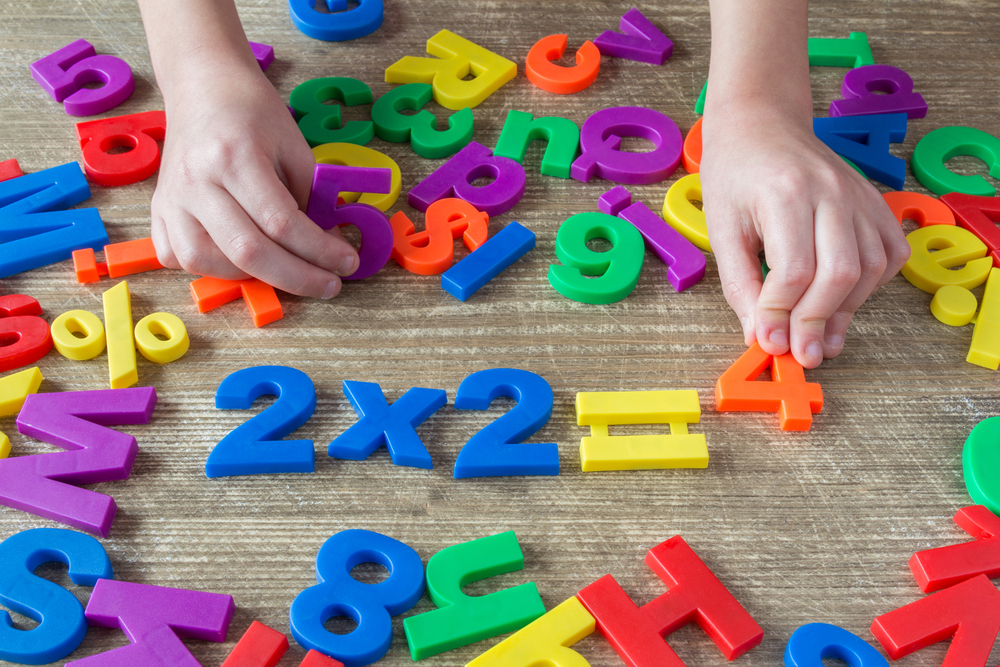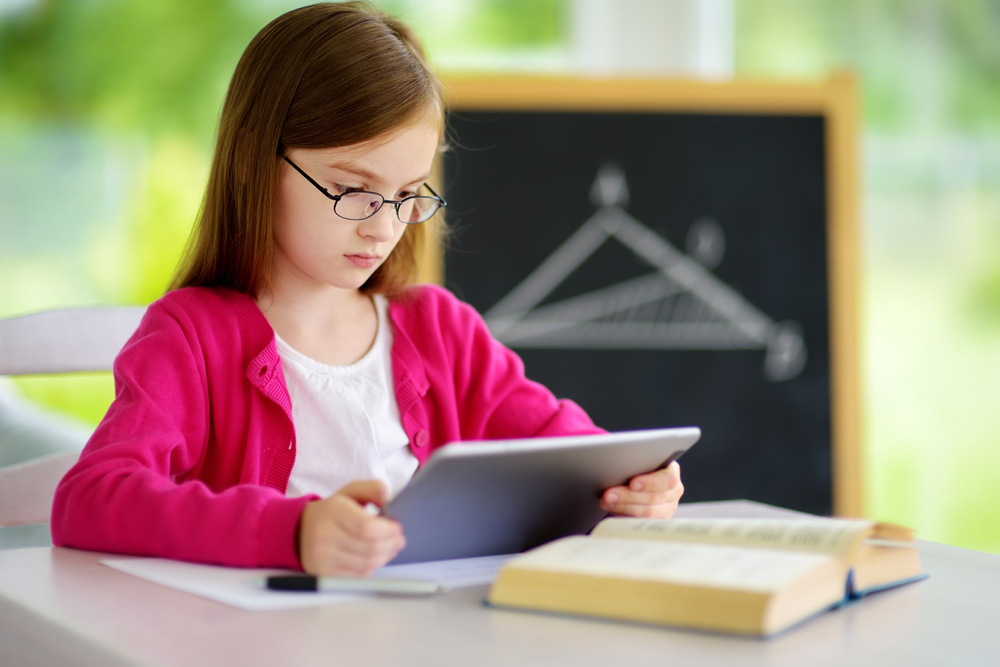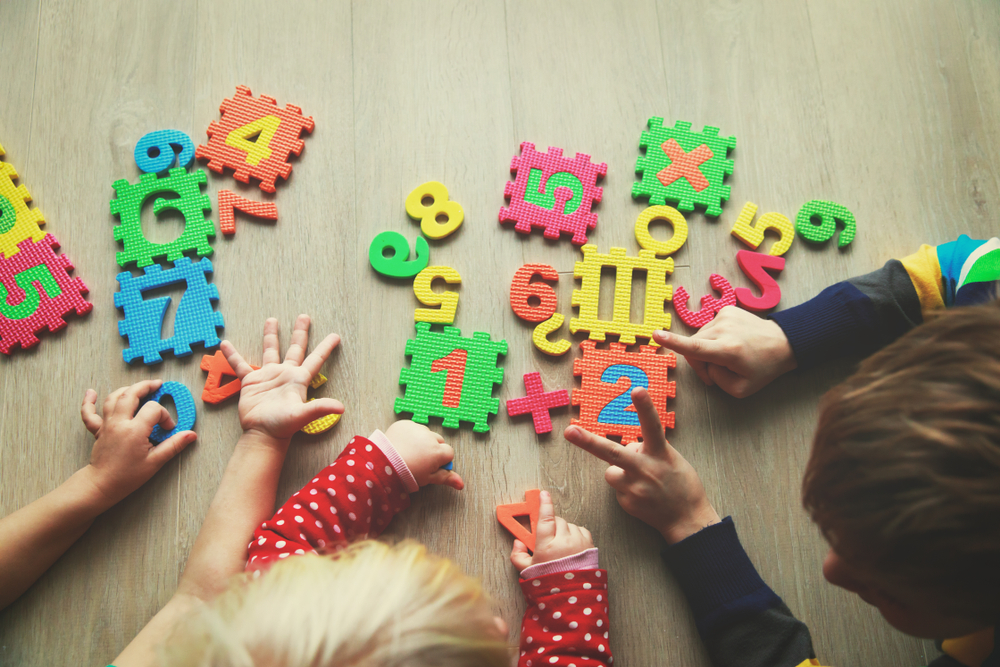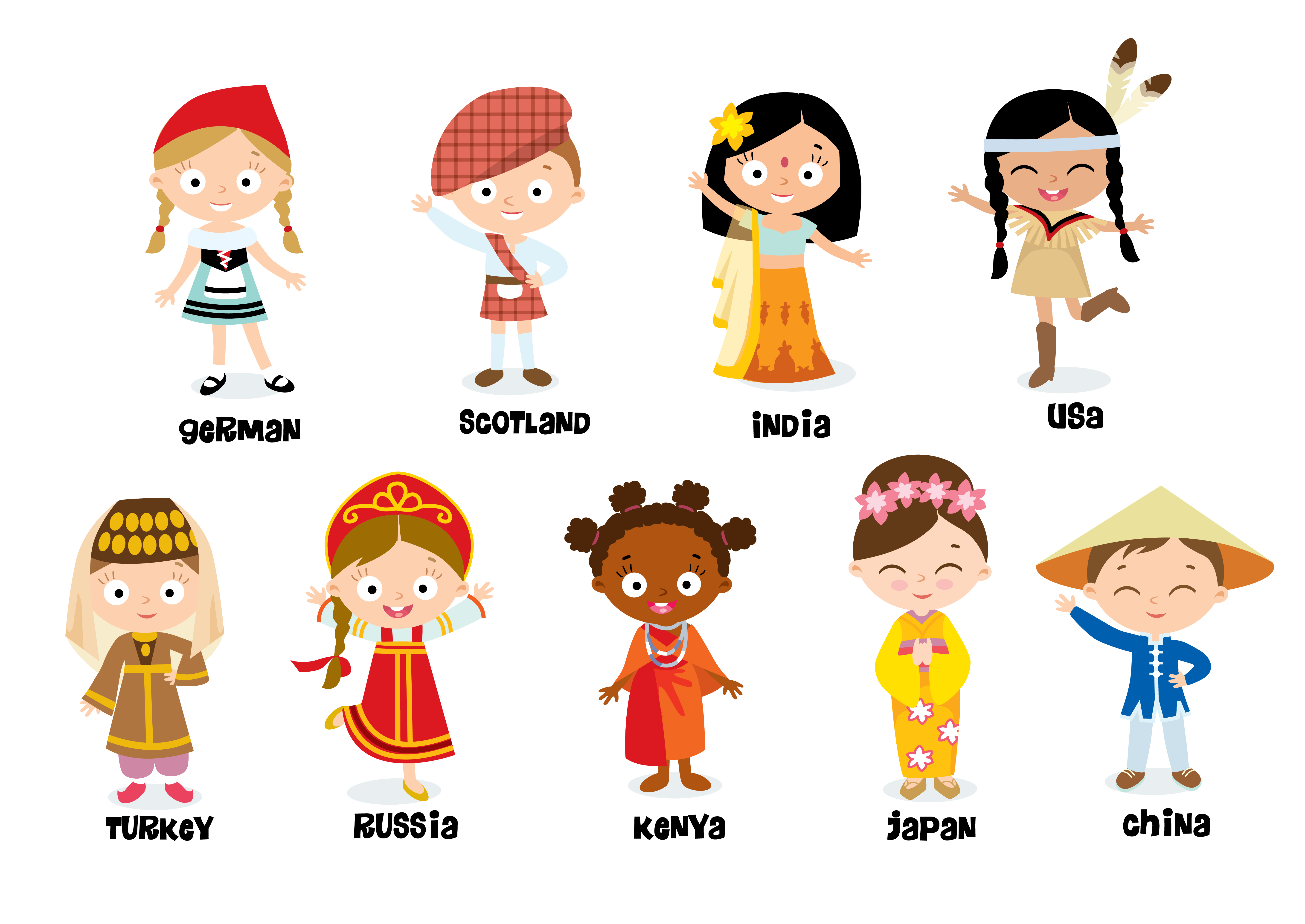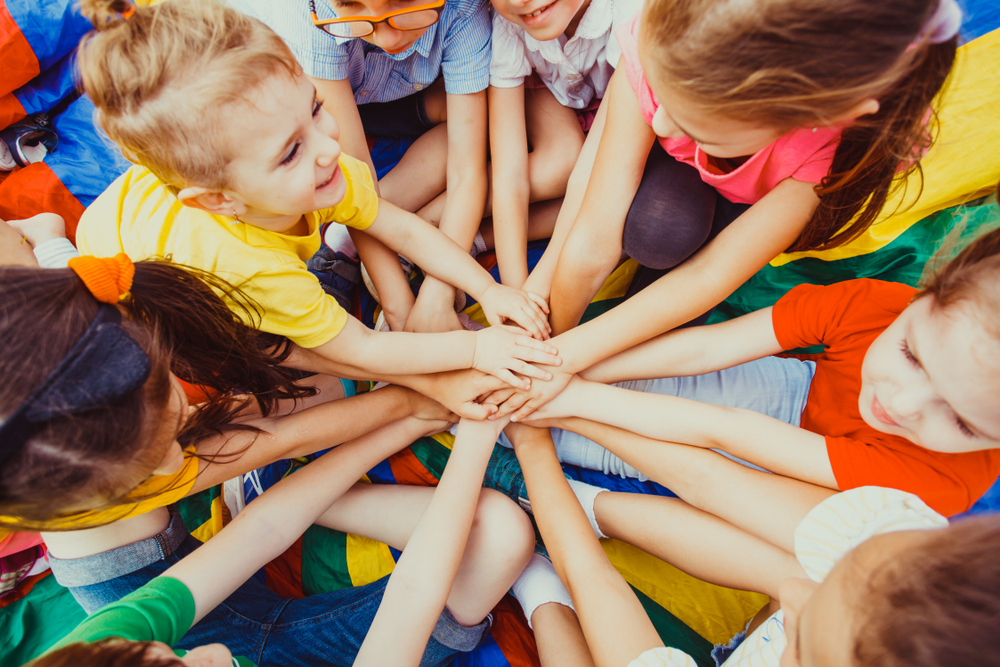Hand-eye Coordination Math Worksheets for 3-Year-Olds
39 filtered results
-
From - To
Boost your child's learning with our engaging Hand-eye Coordination Math Worksheets for 3-Year-Olds! These fun and interactive worksheets are designed to enhance motor skills while introducing early math concepts. Each activity encourages children to practice counting, sorting, and matching, all while fine-tuning their hand-eye coordination. Perfect for preschoolers, our printable resources promote cognitive development and make learning enjoyable. Tailored to spark curiosity and creativity, our worksheets integrate play and education seamlessly, ensuring your little one develops essential skills for future learning. Explore our collection and help your child build a solid foundation in both math and motor coordination today!
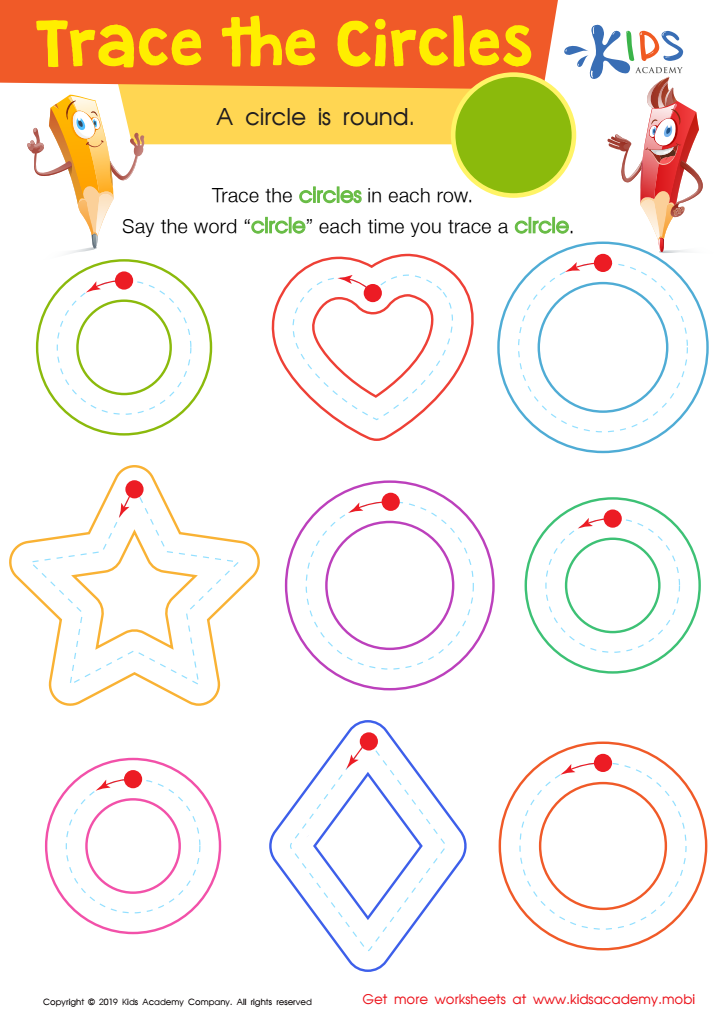

Trace The Circles Worksheet
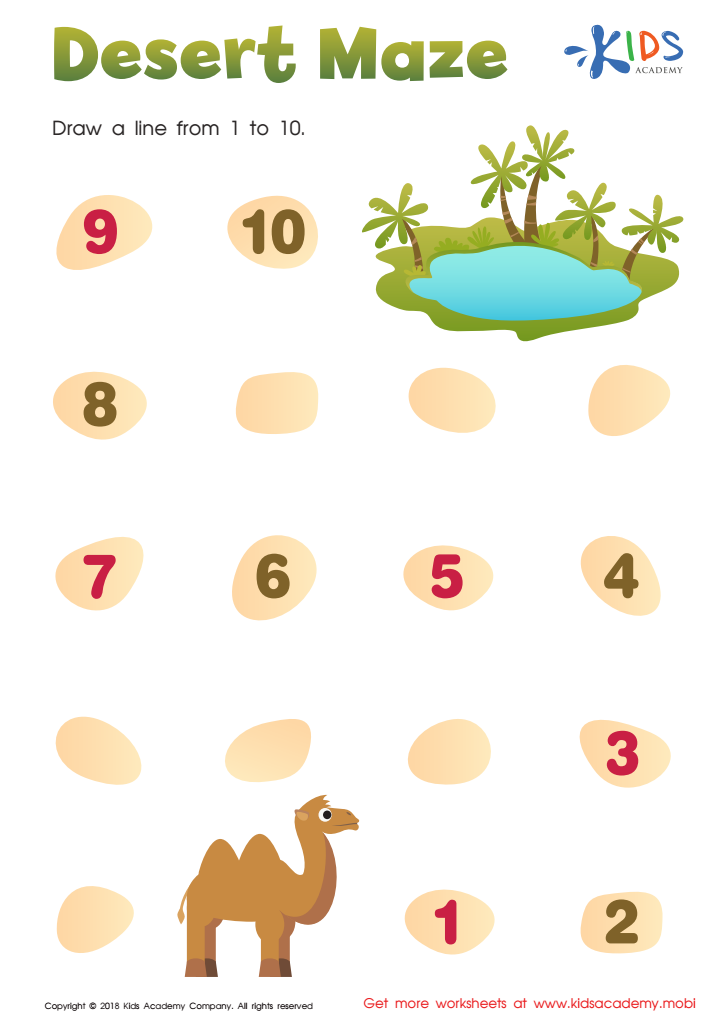

Desert Maze Worksheet
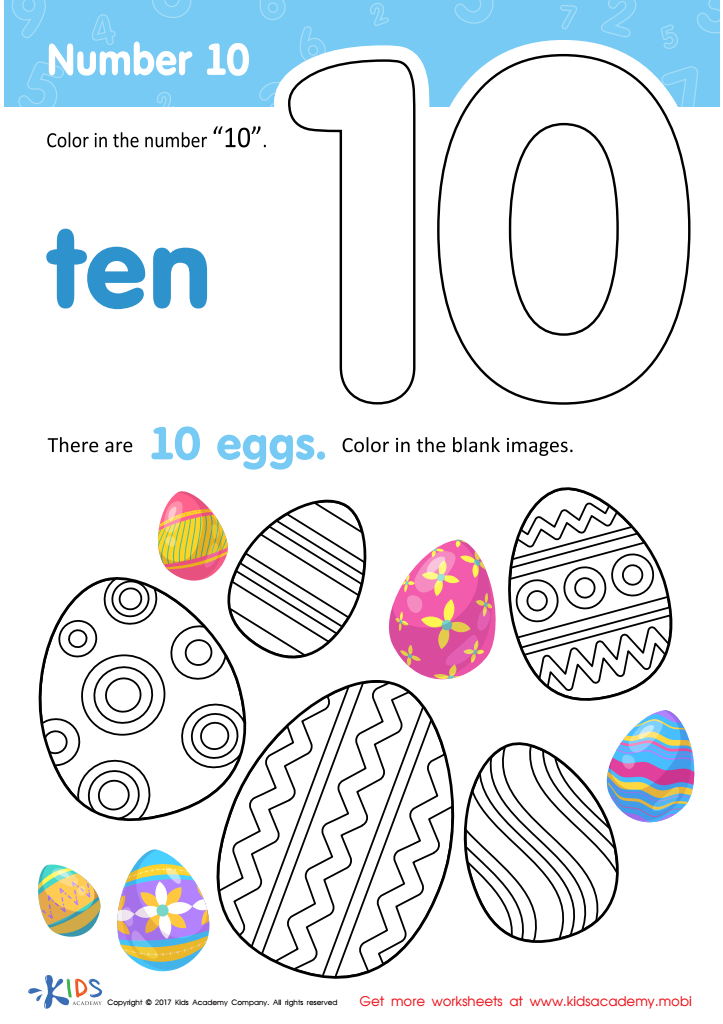

Number 10 Printable
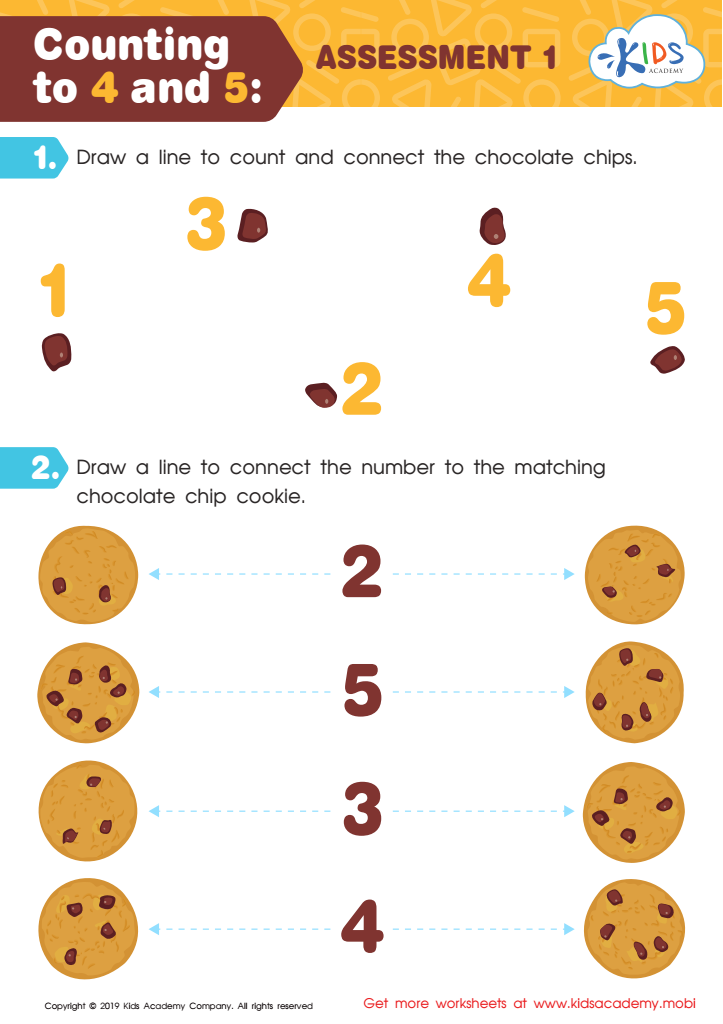

Counting to 4 and 5: Assessment 1 Worksheet
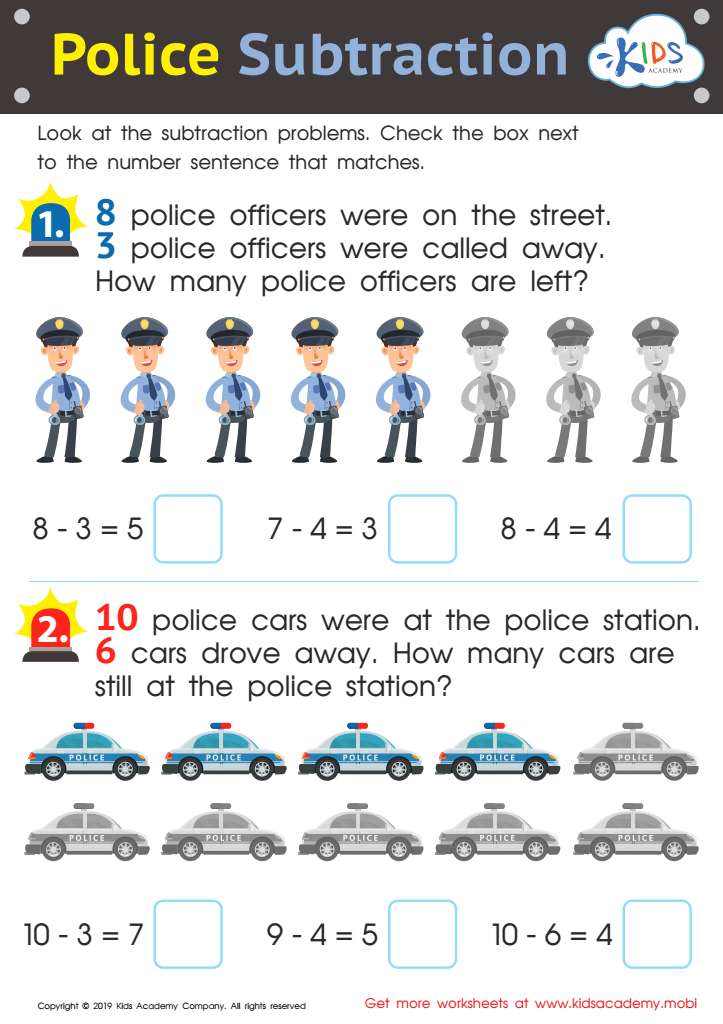

Police Subtraction Worksheet
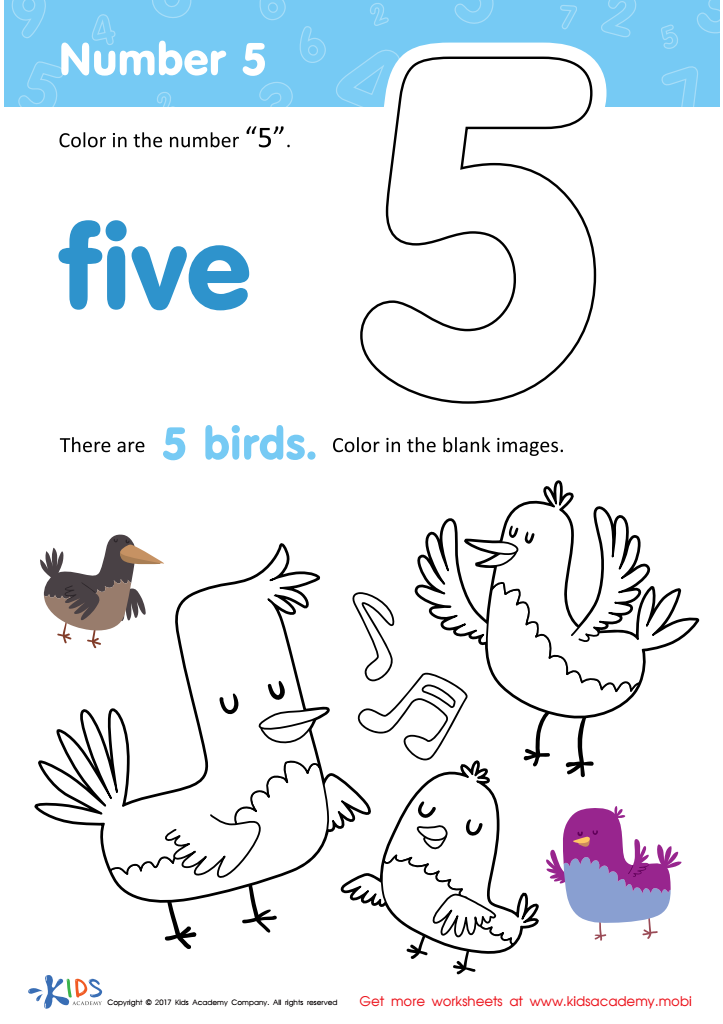

Number 5 Printable
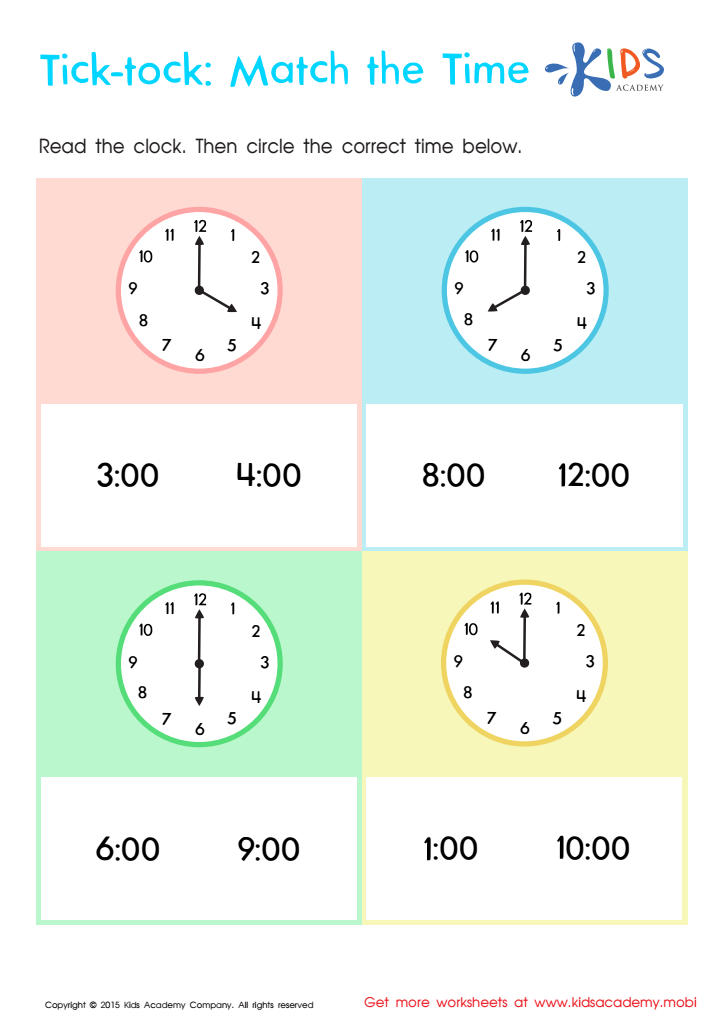

Telling The Time Worksheet: Part 4
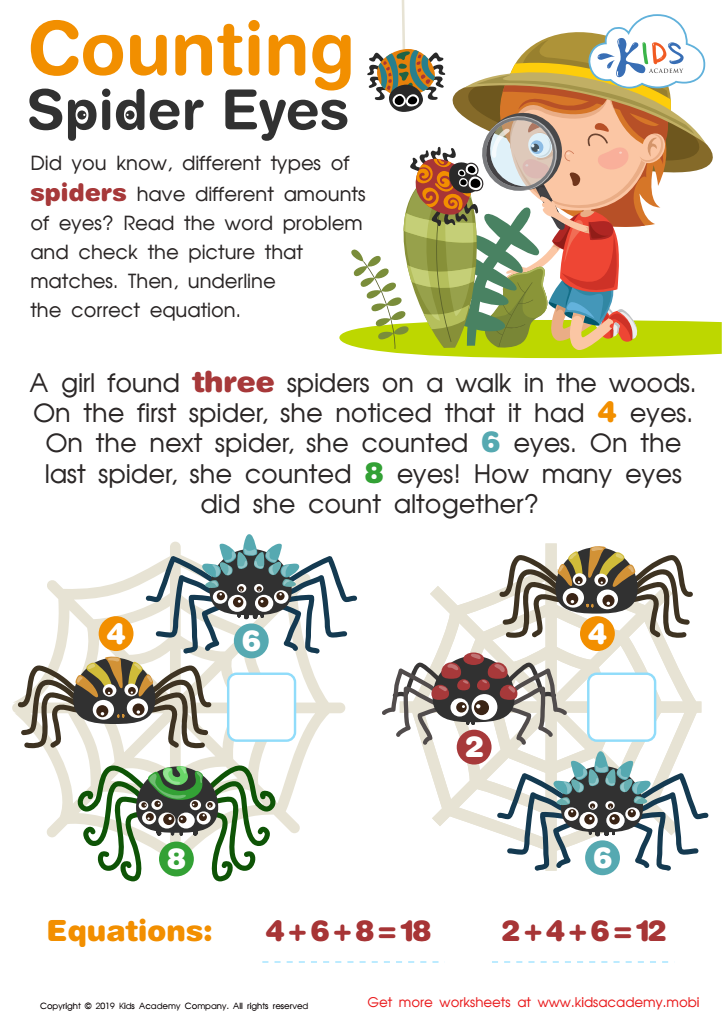

Counting Spider Eyes Worksheet
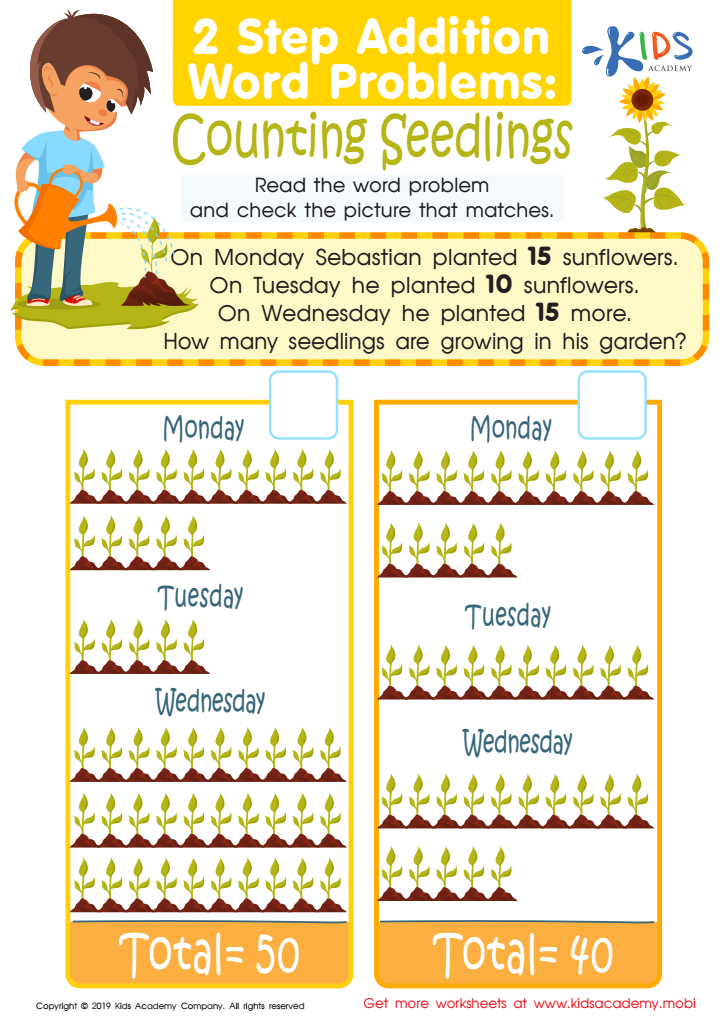

Counting Seedlings Worksheet
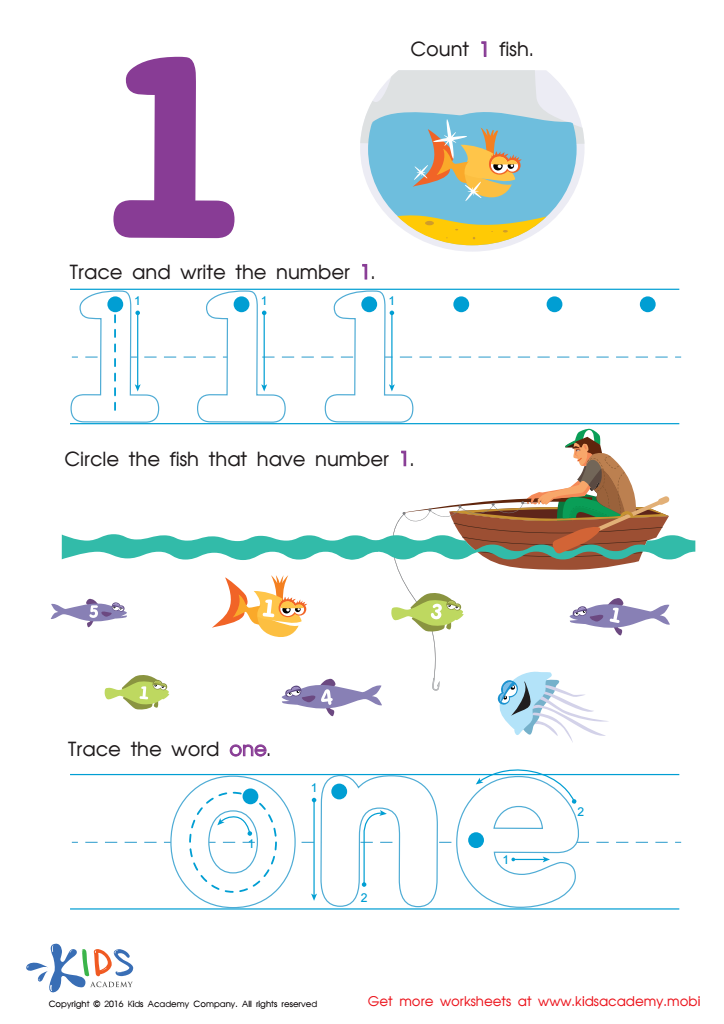

Learning to Write 1 Worksheet
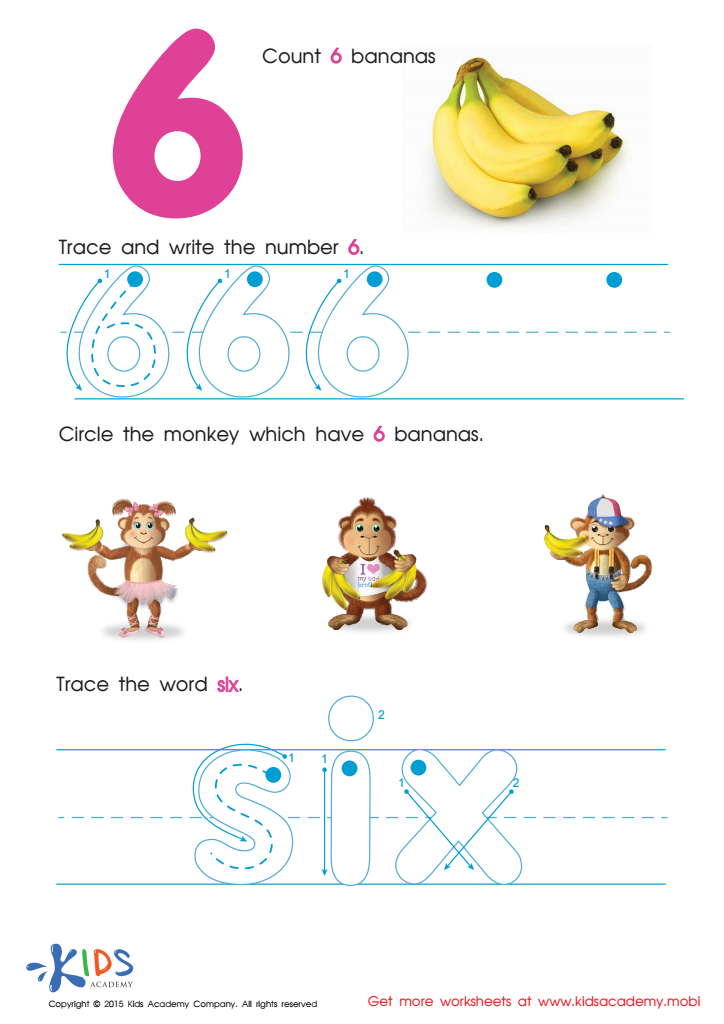

Tracing And Writing Number 6 Worksheet
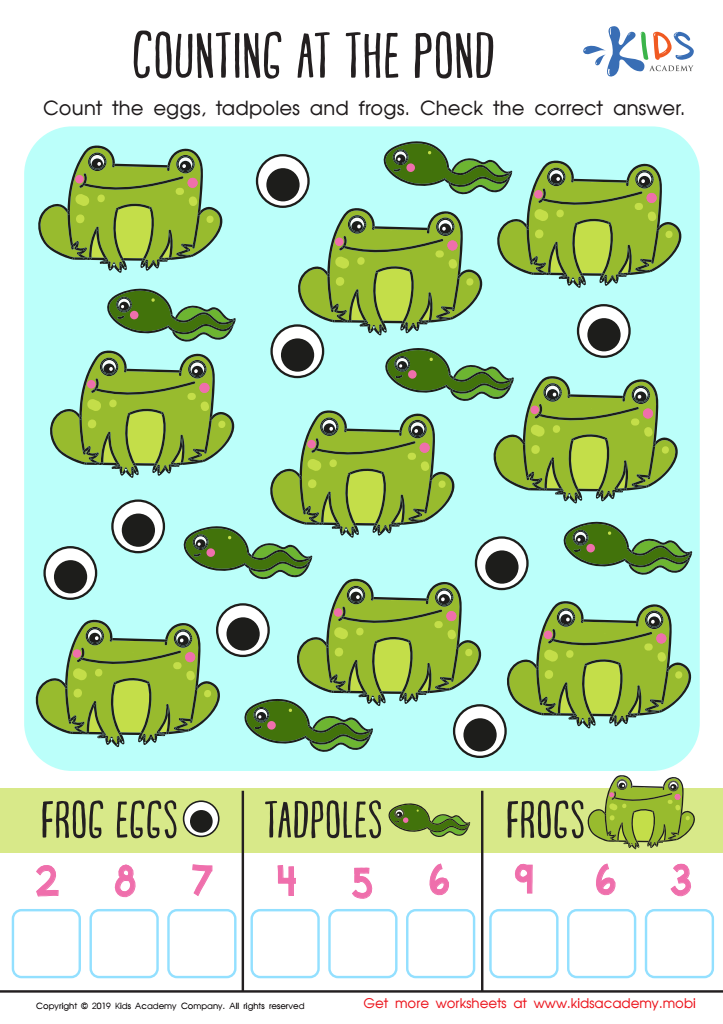

Counting at the Pond Worksheet


Ordering 11–20: Chicken & Egg Dot–to–dot Worksheet
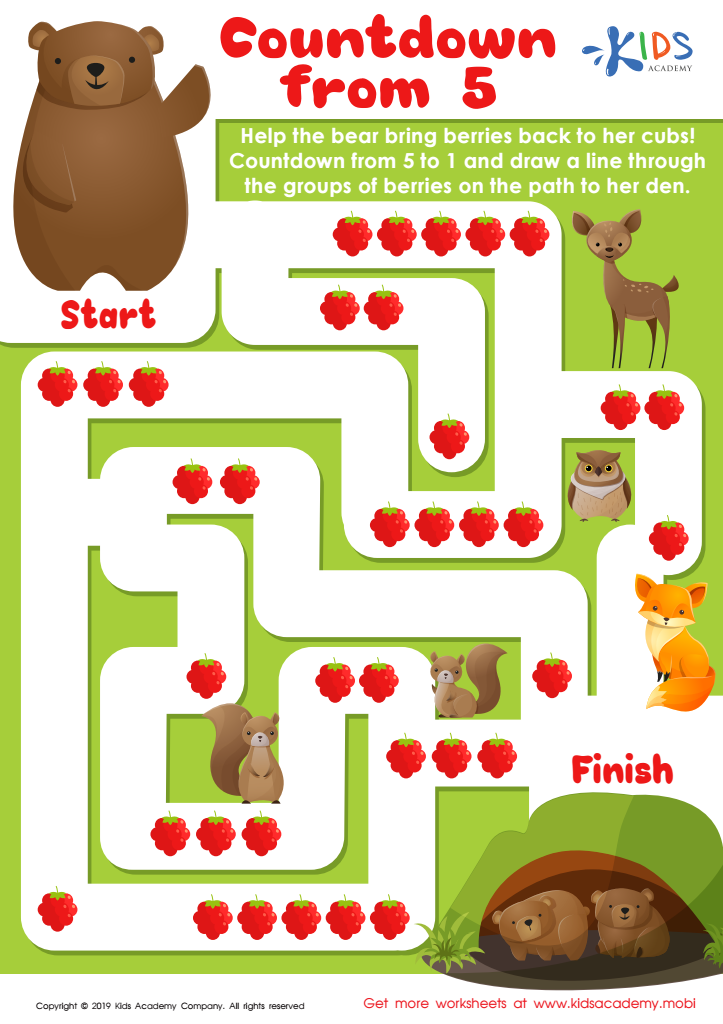

Countdown from 5 Worksheet
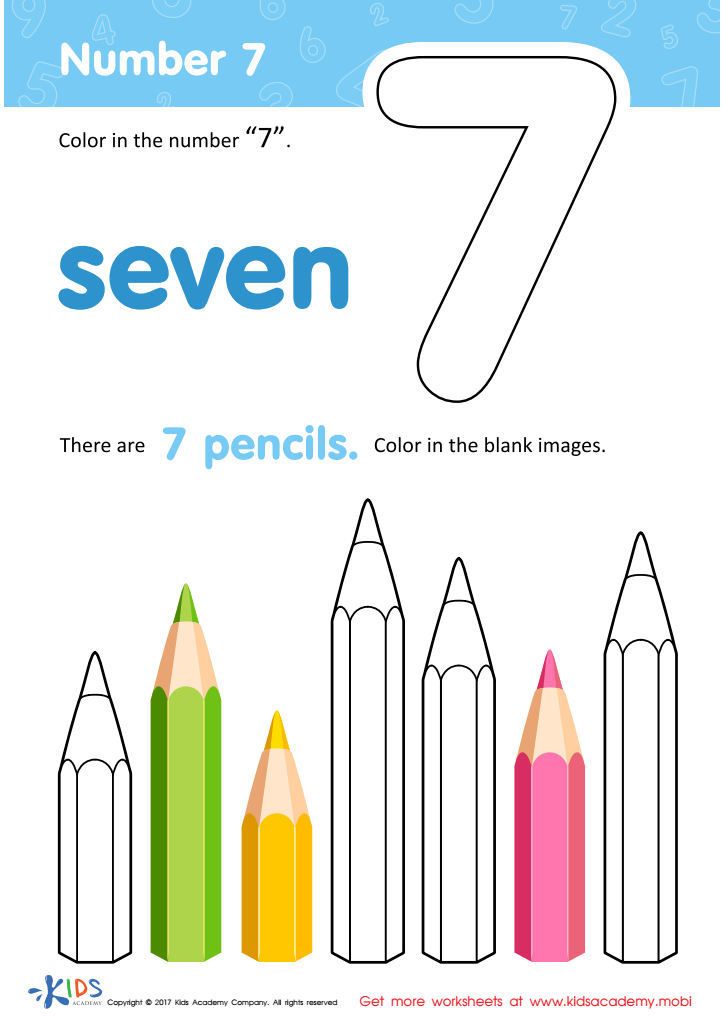

Number 7 Worksheet
Hand-eye coordination is a crucial developmental skill for young children, particularly for 3-year-olds, as it lays the foundation for various learning experiences, including math. Parents and teachers should prioritize this ability because it not only enhances children's physical coordination but also fosters cognitive skills essential for early math concepts.
Activities that promote hand-eye coordination, such as puzzles or matching games, unknowingly introduce basic math skills like shape recognition, counting, and pattern making. These playful and engaging methods help children associate numbers with physical actions, reinforcing their understanding of quantity and spatial relationships, which are vital in mathematics.
Moreover, strong hand-eye coordination enables children to develop confidence in their abilities, encouraging them to explore and engage more readily in hands-on learning tasks. This confidence provides a solid groundwork for tackling more complex math challenges as they grow.
Lastly, fostering hand-eye coordination strengthens fine motor skills, which are crucial for writing and manipulating tools later in school. In an era where early childhood education sets the stage for future academic success, cultivating hand-eye coordination can significantly enhance children's overall learning trajectory, making it a priority for parents and educators.
 Assign to My Students
Assign to My Students
